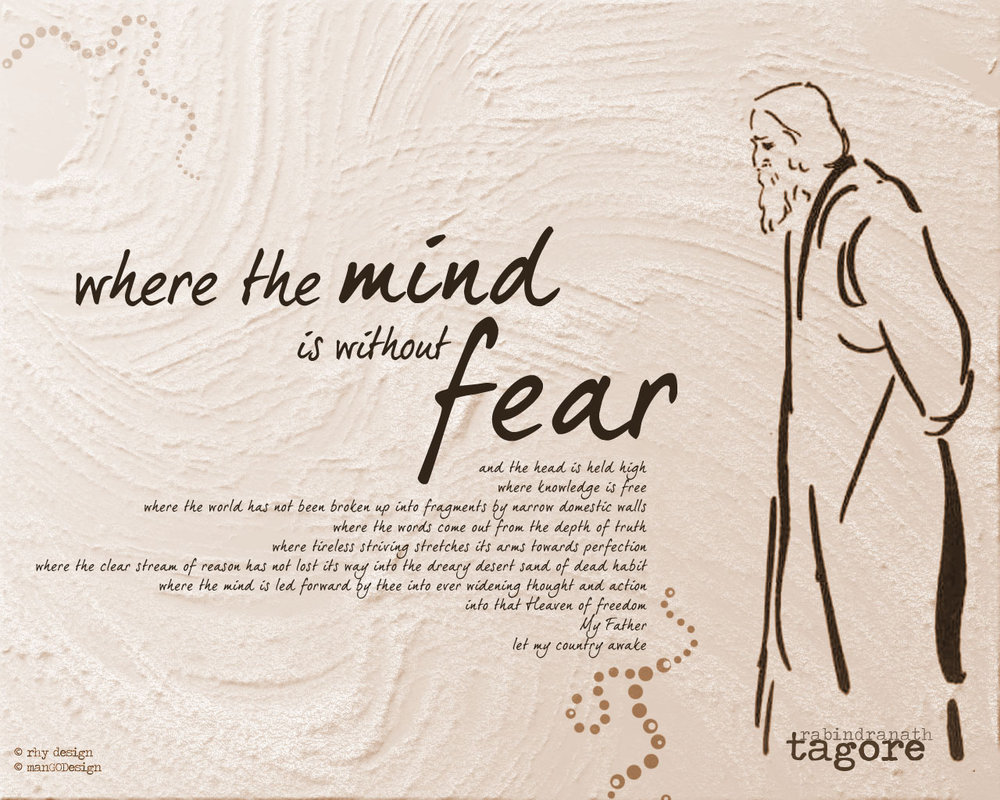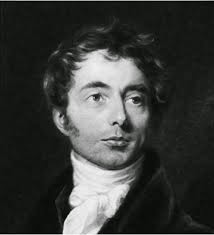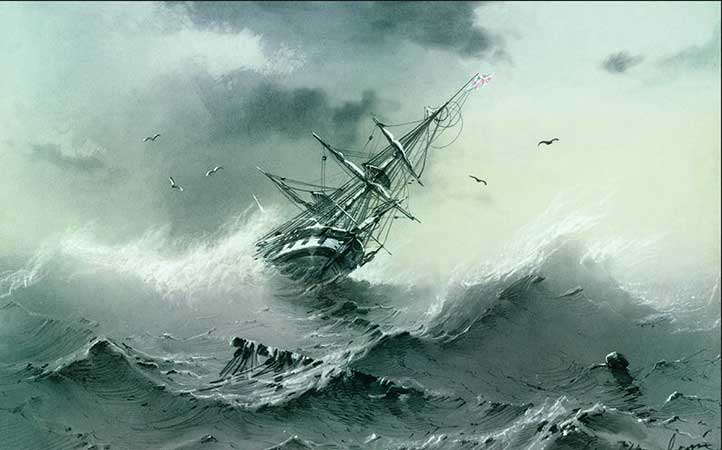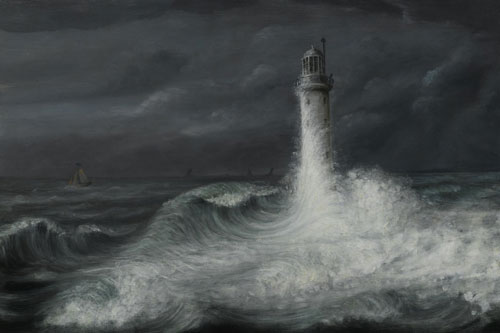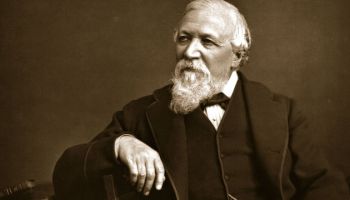Where the Mind is Without Fear: Analysis
“Where the Mind is Without Fear” was written during the reign of the British in India, prior to the country gaining its independence from colonial rule. In fact, Tagore died just a few years before 1947, when India became independent. So the country that he was living in was a country under oppression. However, the pressure was not just physical in nature, but mental as well. The Indian population had started believing that they would never be free. They were always afraid of what they would be subjected to next by the British administration. They had lost their self-confidence and dignity. Thus, their spirit had been entirely drained out of them and they were left pessimistic. Many Indians were denied admission into the elite educational institutes, which were meant excellent exclusively for colonial officers’ children admitted, and that too, if they were to gain entry there they had to belong to the upper classes, especially that class of the native population that chose to side with the British and were always at their beck and call. As a result of this, the Indian nation-states were then willing to fight it out amongst themselves to curry favor with the colonial rulers.
All this upset the poet greatly. So he dreamt of a better tomorrow – one in which his country would stand up for truth, for hard work, for reason, and for determination. He wanted his countrymen to stand united against the British, make themselves irreprehensible and fight for their freedom. He wanted them to be open-minded and for their actions to speak louder than their words. By referring to God as “Father”, he was saying that all of his countrymen were the children of God. Hence they must not discriminate amongst themselves on the basis of caste or creed but must stand up for each other. They have a common goal – independence – and must work side by side to achieve it.
Where the Mind is Without Fear: Annotations
Please note: N= noun, V=verb, Adj=Adjective, Adv=Adverb, P=Preposition, Pr=Pronoun
Fragments (N): Plural form of the word “fragment”, that is, a small part has broken off or separated from something
Narrow (Adj): Limited in extent, amount, or scope
Domestic (Adj): Existing or occurring inside a particular country; not foreign or international
Tireless (Adj): Having or showing great effort or energy
Striving (V): Present participle form of the word “strive”, that is, make great efforts to achieve or obtain something
Stretches (V): Third person singular present tense of the word “stretch”, that is, straighten or extend one’s body or a part of one’s body to its full length, typically so as to tighten one’s muscles or in order to reach something
Clear (Adj): (Of a substance) transparent; unclouded
Stream (N): A small, narrow river
Dreary (Adj): Depressingly dull and bleak or repetitive
Thee (Pr): An older form of the word “you”
Ever-widening (Adj): Constantly increasing in scope
Where the Mind is Without Fear: Poetic Devices
Rhyme scheme:
The poet does not follow any identifiable rhyme scheme in this poem. However, that does not work to diminish our estimate of his poetic skill in any way. The whole poem is, in fact, one long sentence, and hence, one cannot object to the absence of rhyme within it.
Rhetorical devices:
Metaphor:
This rhetorical device is used when a covert comparison is made between two different things or ideas. In this poem, the poet uses the device of metaphor in lines 7 – 8 when he compares reason with a stream of water, and habit with a desert.
Apostrophe:
This rhetorical device is used when a poet addresses his or her poem to an absent audience. In this poem, the poet uses the device of an apostrophe in lines 9, 10 and 11 when he speaks directly to God. He refers to God as “Father” and asks him to make India into a country where everyone is really and truly free.
Where the Mind is Without Fear: Central Idea
In “Where the Mind is Without Fear”, the poet envisions the India of the future. In this country, no man will live in fear. Instead, they will have a strong sense of self-dignity. They will all possess a share of knowledge or wisdom. No Indian will discriminate against another on the basis of class or caste, and all its various states will join hands in the fight against the British. Every man will speak the truth, and try to achieve self-perfection. They will stop believing in their superstitions and question these with the help of reason instead. They will follow the path of God and both their thoughts and actions will be righteous. Only then will India be truly free – not just in political terms, but in human terms were also in human terms sent not just in name but also spirit.
Where the Mind is Without Fear: Theme
Banga-bhanga (Division of Bengal):
In 1905, the Indian state of Bengal was divided into two parts by the British – West Bengal and East Bengal. East Bengal later became Bangladesh in 1971. The division was done according to the policy that came to be known as the’ divide and rule’ policy. It was done on the basis of religious identity. In the regions included under West Bengal, the Hindu population was considerably more significant than the Muslim population, and in the regions included under East Bengal, the Muslim population was present in a larger proportion than the Hindu population. The division of Bengal was known as “Banga-bhanga” in the Bengali language, “Banga” being the original Bengali name of the region (the mane of which was later Anglicized) and “bhanga” meaning the action of breaking something. This was an event that directly affected every citizen of the previously united territory of Bengal, and Tagore was no exception. Hence, it is probably the division of Bengal that he has in mind while writing lines 3 and 4 of “Where the Mind is Without Fear” in which he speaks about the nation being broken into fragments. Written as it was in 1910, you can see that five years after the event, the poet is still deeply saddened by it. In fact, the Indian festival of ‘rakhi’ (during which sisters tie Rakhi on the hands of their brothers) is derived from something that Tagore started. One auspicious day, Tagore appealed to all Hindus in Bengal to go out in the streets and tie a thread on the hands of their Muslim brothers, and vice verse. This was an initiative on his part to protest against the division of Bengal.
Combination of East and West:
Tagore was not one of the staunch nationalists who believed that everything about the West was terrible. In fact, he believed that many practices of the West could be incorporated into Indian culture to make it better. His novels like Gora and Ghare Baire speak of the synthesis of the two cultures. That a British boy could come to love India and consider his motherland was a radical message at the time. Those Indian women could be educated by English mistresses was another. Tagore was also greatly influenced by English poetry, especially that of the Romantics, and uses similar themes in his own poems. He also adopted many Western tunes for his Bengali lyrics. The most famous example of this is “Purano shei diner kotha”, which was set to the tune of Robert Burns’ Scots poem “Auld Lang Syne”. In this poem, too, Tagore advocates the application of the Western virtue of reason to do away with the superstitions harbored by his fellow men. As we know, the cause was a legacy of the Age of the Enlightenment that came to England in the 18th century. However, Tagore felt that it ought to be adopted by the Indian peoples as well, for it would help them become more open-minded and teach them to have more confidence in themselves. Ultimately it would allow them to gain their independence from their colonial rulers. This technique is known in postcolonial studies as ‘using the master’s tools to dismantle the master’s house’.
Where the Mind is Without Fear: Tone
The tone of this poem is dignified and inspirational—none of the things that Tagore describes seem to be impossible or even hard to achieve. In fact, he makes us feel that all those things are within our reach, and we only have to reach out and grab them.
“Where the Mind is Without Fear” is one of the best-known poems of Tagore. That is because its message can easily stand the test of time. Of course, it was inspirational to be the freedom fighters of India at the time in which it was written. However, it has continued to move readers for a century since then. How it defines freedom is radical – not just freedom from the rule of another race, but freedom of the mind. That is the kind of freedom that every man craves, even one living in a supposedly free state. That is why its subject matter is relatable to all readers, inspiring them greatly. You can also refer to Where the Mind is Without Fear: Line by Line Summary here.
Some online learning platforms provide certifications, while others are designed to simply grow your skills in your personal and professional life. Including Masterclass and Coursera, here are our recommendations for the best online learning platforms you can sign up for today.
The 7 Best Online Learning Platforms of 2022
- Best Overall: Coursera
- Best for Niche Topics: Udemy
- Best for Creative Fields: Skillshare
- Best for Celebrity Lessons: MasterClass
- Best for STEM: EdX
- Best for Career Building: Udacity
- Best for Data Learning: Pluralsight
